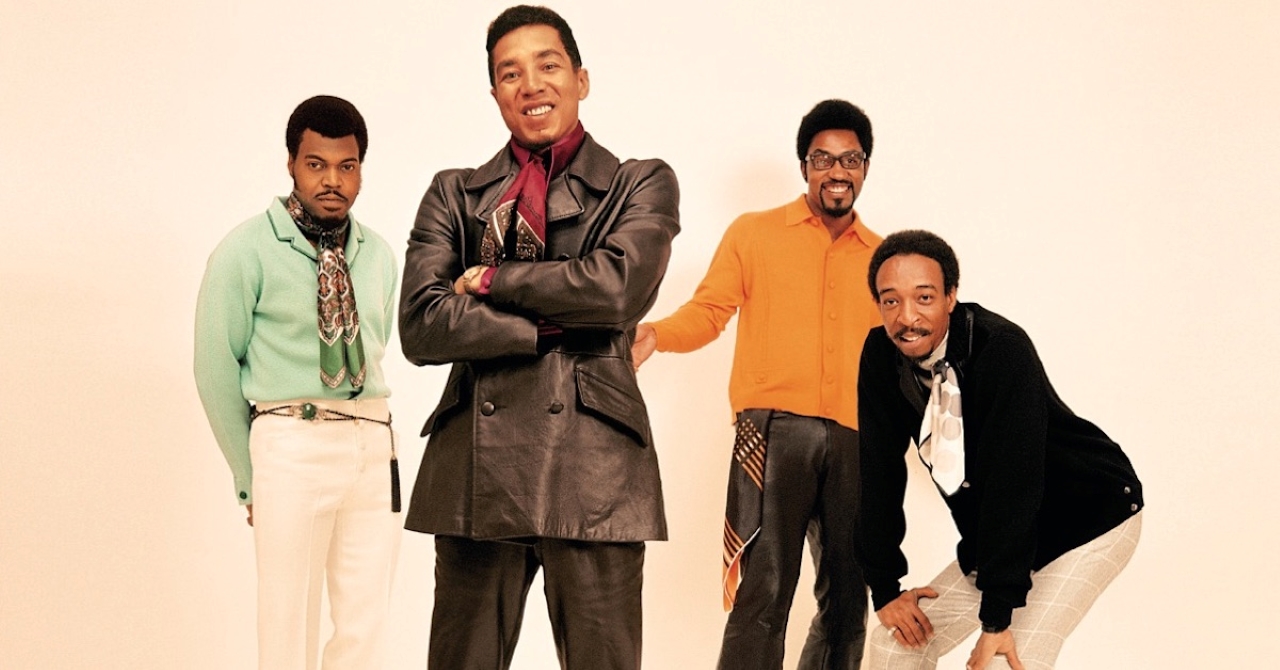💫 The Sound of Soul, The Language of Emotion
In the late 1960s, the airwaves of America pulsed with the rhythm of Motown. Detroit was not just a city of cars — it was the capital of feeling. And standing at the center of that movement was Smokey Robinson, the poet of Motown, whose pen could turn heartbreak into melody, and whose falsetto could make even pain sound beautiful.
On October 19, 1967, Smokey Robinson & The Miracles released “I Second That Emotion,” a song that would not only become one of their signature hits but also capture the essence of soul itself — turning everyday expressions into something divine.
The story of this song, like many Motown tales, began not in a studio, but in a store. Smokey and Miracles member Al Cleveland were out shopping for a Christmas gift for their wives. When Smokey mentioned he “sure hoped his wife liked it,” Cleveland responded, “I second that emotion” — accidentally replacing “motion” with “emotion.” Smokey paused, smiled, and said: “That’s a song title.”
And so, one of the most poetic slips of the tongue in music history was born.

🕯️ Writing the Song – When Wordplay Meets the Heart
“I Second That Emotion” is classic Smokey Robinson — clever wordplay wrapped in tenderness. It’s not about grand heartbreak or tragedy. Instead, it’s about understanding the subtle layers of love: the hesitation, the mutual yearning, the moment when affection needs affirmation.
Smokey’s lyrics don’t preach; they converse. “Maybe you think that love would tie you down…” he sings, offering empathy instead of demand. The song becomes a dialogue between lovers, gentle and respectful, yet emotionally charged.
Unlike the dramatic torch songs of the era, “I Second That Emotion” captured love’s quieter, more complex side — not the fire, but the warmth that lingers afterward.
And then there’s Smokey’s voice — a blend of silk and ache. Every syllable dances between joy and longing, between the thrill of confession and the fear of rejection. It’s a masterclass in restraint and emotion.
🎶 Inside Hitsville U.S.A.
The Miracles recorded “I Second That Emotion” at Hitsville U.S.A., Motown’s legendary Studio A in Detroit. The Funk Brothers — Motown’s uncredited powerhouse band — provided the instrumentation, layering a crisp groove beneath Smokey’s smooth falsetto.
The recording captured something that few pop songs did at the time: emotional intelligence. Every note feels intentional. The tambourine hits just lightly enough to keep the rhythm alive; the guitar glides beneath Smokey’s voice like a whisper of reassurance.
Motown’s production formula was famously polished, but “I Second That Emotion” had something more — a living pulse. You could hear the humanity inside the perfection.
When it hit the airwaves, it immediately resonated. It reached No. 4 on the Billboard Hot 100 and No. 1 on the R&B charts, becoming one of The Miracles’ biggest successes. But more than that, it became a cultural phrase — people across America started saying “I second that emotion,” turning Smokey’s lyric into part of everyday language.
💖 The Miracles – Brothers in Harmony
By 1967, Smokey Robinson & The Miracles were already Motown royalty. Alongside groups like The Temptations, The Supremes, and The Four Tops, they defined what soul music felt like.
But The Miracles were not just Smokey’s backing band — they were a family. Bobby Rogers’ harmonies, Ronnie White’s steady baritone, Pete Moore’s rhythm, and Claudette Robinson’s soft vocal presence all combined to create that distinct Motown magic.
Their chemistry was organic. Onstage, they didn’t need flash — they had finesse. In “I Second That Emotion,” you can hear that blend, that subtle interweaving of voices that turns a love song into a conversation.
🌍 Motown and the Power of Soft Revolution
1967 was a year of social unrest, of protest and transformation across America. In that environment, Motown’s music served as both an escape and a bridge.
While the nation grappled with civil rights struggles and the Vietnam War, Smokey Robinson’s songs reminded people of the shared humanity that connected them — of tenderness and understanding in a divided world.
“I Second That Emotion” wasn’t political, yet it reflected the best of what Motown represented: empathy, grace, and connection through feeling.
It was proof that even in turbulent times, gentleness could be powerful.
🎤 Influence and Legacy
Over the years, “I Second That Emotion” became more than just a hit — it became a standard. Artists from Diana Ross & The Supremes with The Temptations to Japan (the British new wave band) reinterpreted it, each finding new life in Smokey’s words.
But no version matches the original’s quiet magic. There’s something timeless about the way Smokey delivers the line “If you feel like giving me a lifetime of devotion…” — it’s romantic without being naïve, sweet but not sentimental.
It’s that balance that makes Smokey Robinson not only one of the greatest songwriters in Motown history but one of the greatest poets in popular music.
To this day, “I Second That Emotion” remains a testament to the art of understatement — the power of saying less but meaning everything.
🌹 A Legacy Carved in Emotion
When we talk about Motown, we often mention its sound. But Smokey Robinson taught us that its true power was in its feeling.
“I Second That Emotion” captures the essence of Smokey’s genius — his ability to find universality in personal moments, to make small words echo across decades. It’s not just a love song; it’s an invitation to listen, to connect, to empathize.
And perhaps that’s why, nearly sixty years later, it still sounds like a heartbeat.